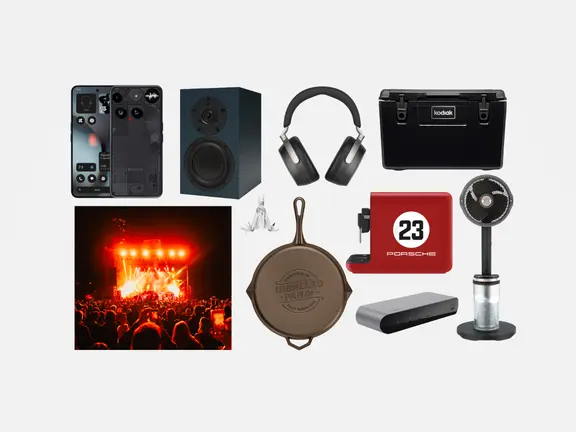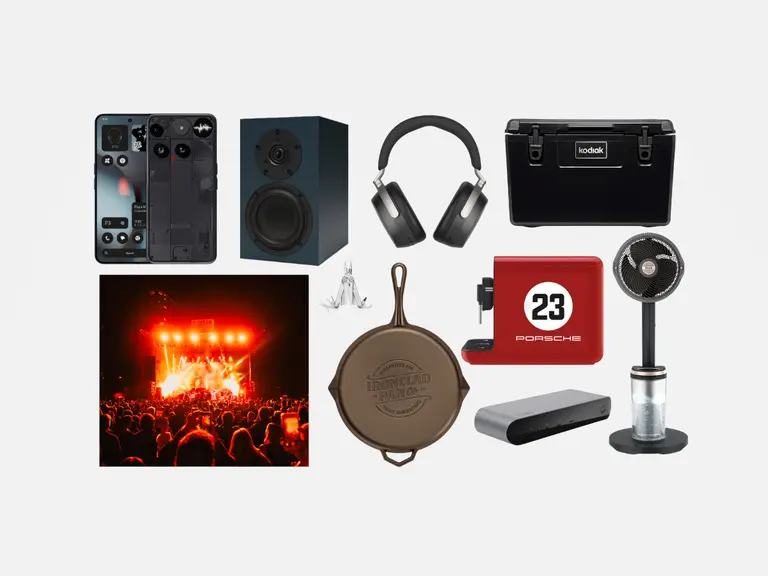
Sex Life 101: How to Decode the Desire Spectrum

Published:
Readtime: 5 min
Every product is carefully selected by our editors and experts. If you buy from a link, we may earn a commission. Learn more. For more information on how we test products, click here.
Do you ever wake up in the morning and hop out of bed – you know you probably should have a nice big breakfast to get your day started, but don’t feel particularly hungry? So, you consider maybe just skipping breakfast altogether, but then, you hear the clank of dishes and something sizzling away on the stove. You head to the kitchen and find your partner there cooking up a big brekkie with all the trimmings. It smells incredible, and looks amazing all plated up. When they tuck into it they do that little happy food dance and generally look like they’re having the best time eating this delicious meal. They offer you a small bite, and something happens. Your tastebuds activate, your mouth starts watering, your stomach responds, growling in anticipation of the next bite and now you feel a strong desire for breakfast that you didn’t have before.
Welcome to the concept of Responsive Desire.
For roughly 30 per cent of women and those with vulvas – this is how we experience sexual desire. That is, we tend not to desire sex out of the blue, but instead, we respond to sexually relevant stimuli and an extended build-up towards sex. Compare that to only 5 per cent of men with this desire type, and you can see why we have so much sexual disconnect.Don’t resonate with this yourself, but instead feel a desire for sex relatively easily? In the breakfast example, this could translate to waking up starving and ready for breakfast immediately, or perhaps you could always eat – regardless of the time of day, whether it’s meal time or the context. You’re always ready. Looking at this concept through a sexual lens, we find what is referred to as Spontaneous Desire – which a whopping 75 per cent of men and only 15 per cent of women resonate with.

Responsive Desire vs Spontaneous Desire
These differences, between feeling hungry for breakfast immediately upon waking up, or only when exposed to breakfast-related stimuli, are similar to our experiences of sexual desire. Just like we all have differing levels of interest in or appetite for food, we also have differing levels of desire when it comes to sex.
Desire levels exist on a spectrum (like most everything does), but most people will find themselves leaning more towards one of these two categories of desire – Spontaneous or Responsive. Understanding where you – and your partner – sit within this spectrum is invaluable information that has the power to completely transform your sex life, making it way more fulfilling for everyone.
It’s important to recognise that we live in a world that most often depicts sexuality through a predominantly male lens. That is, in the media, TV shows, movies and especially in porn, we see sex scenes portrayed as happening very quickly, with not much lead-up, only lasting a matter of minutes, with both partners coming at the same time, and insinuating that sex is over when the man has reached orgasm only.
In short, the characters both have spontaneous desire. This assumption that sexual response looks this way for everyone can be incredibly damaging and is the primary reason so many of my female clients come to me thinking that they’re broken, or something is wrong with them because they don’t feel horny at the drop of a hat like their partner, or that it takes them time to reach orgasm. More often than not, they just have responsive desire, and/or they might have sensitive sexual brakes.

How to Decode Desire
If you recognise that your partner (or yourself) may have a more responsive desire type, it’s important to be understanding and to work with their sexual desire type, instead of against it. How to work with responsive desire:
- Take the time to build up the sexual anticipation
- Seduce them throughout the day with flirty texts
- Take them on a romantic date and build up the sexual chemistry throughout the night
- Use sexually relevant stimuli to spark interest
- Read sexy stories
- Listen to audio erotica together
- Watch porn together (written and audio porn tend to stimulate the imagination centres, creating more interest for women than visual)
- Try sharing a sensual massage to help get them in the mood.
It’s important though to be sure not to expect that everything has to lead to sex – as the expectation can often trigger someone’s sexual brakes and have the opposite effect.
So, what about the remaining 20 per cent of men and 55 per cent of women? Well, they tend to experience a mix of the two and are more sensitive to context. That is, stressful contexts will decrease desire, whereas sex-positive contexts will increase desire. Like everyone, their desire will also be informed by their arousal type, or their sexual brakes and accelerators.
Regardless of where you and your partner sit on the desire spectrum, have a chat about which you resonate with and take the time to learn more about one another. Your sex life is bound to get even better as a result!
About the author: Eleanor Hadley is a Sensuality Coach and Sex Educator, specialising in & sensual movement and embodied lap dance. Through 1:1 coaching, group programs, retreats, workshops, writing and speaking, Eleanor is passionate about helping you to enhance your sex-life and elevate your relationships. The Sensuality Academy Podcast is where Eleanor shares juicy gems from her own life, stories of clients’ success along with tangible techniques to help you discover your sense of self-love, cultivate self-intimacy and boost your self-esteem.

































Comments
We love hearing from you. or to leave a comment.